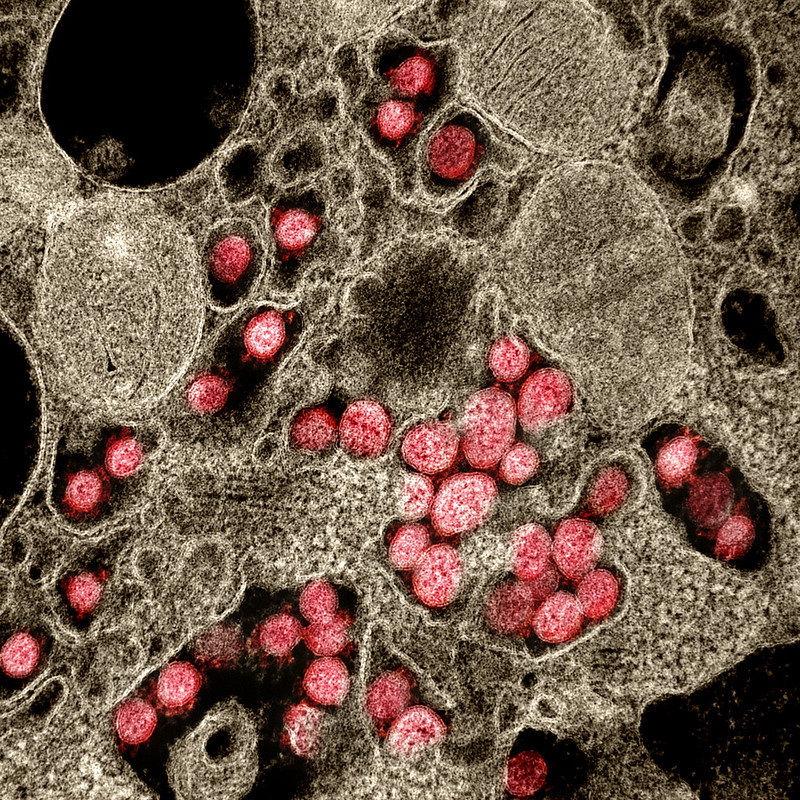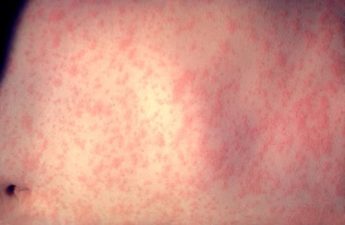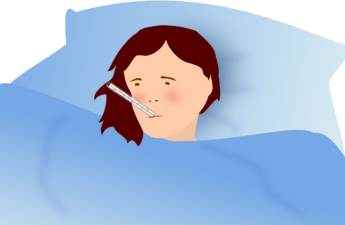
Public Health Insider, Public Health – Seattle & King County
Today, King County achieved an important milestone as 70% of residents age 16 and older have completed their vaccine series.
That means that in two weeks, on June 29,70% of residents 16 and older will be protected from COVID-19 through vaccination and the King County mask directive will end. (It takes two weeks after completing the vaccine series to be considered fully protected.) Once the King County mask directive ends, the Washington state mask guidance will be in effect in King County.
The King County mask directive currently in place strongly urges all residents, fully vaccinated or not, to wear face masks in public indoor settings. The mask directive was issued to help us all stay safer until our community was more protected from the virus.
In the time since the King County mask directive was issued, hundreds of thousands of people were vaccinated while COVID-19 transmission has decreased, lowering the overall risk for acquiring COVID-19 in King County.
Since May 20, 2021, when the current King County mask directive was issued:
- An additional 170,000 people age 16 and older completed their vaccine series and another 130,000 first doses were administered to people of all ages, including second doses to adolescents under 16 years of age.
- The 14-day COVID-19 case rate in King County dropped 66%, from 133 cases per 100,000 residents on May 20, to 45 cases per 100,000 residents on June 11.
- The 7-day COVID-19 hospitalization rate dropped 70%, from 3.3 hospitalized cases per 100,000 residents on May 20, to 1 hospitalized case per 100,000 residents on June 11.
People who are unvaccinated remain at higher risk for getting COVID-19 and spreading the infection to others. And masks are an effective way to limit the spread of coronavirus, which spreads primarily through the air.
People who are unvaccinated remain at higher risk for getting COVID-19 and spreading the infection to others.
For these reasons, unvaccinated people need to follow Washington state guidance and continue wearing masks indoors when around other people who are unvaccinated. This remains in effect even after the King County mask directive ends.
Unvaccinated individuals should also take other precautions, including limiting indoor activities with unvaccinated people, making sure there’s good indoor air ventilation, and physical distancing.
“We are in a much better place today, but the course of the COVID-19 outbreak remains unpredictable and we continue to depend on one another for community protection, including through vaccination as well as mask wearing. People who are unvaccinated are at increased risk for COVID-19 along with people who do not respond to vaccine because they are immunocompromised due to underlying medical conditions,” said Dr. Jeff Duchin, Health Officer, Public Health – Seattle & King County. “The best protection for both individuals and the community as a whole will be through more of us continuing to be vaccinated.”
“It will be especially important for unvaccinated people to continue to wear masks as more infectious COVID-19 variants continue to emerge globally and spread locally.”
Wearing masks if I’m vaccinated
Even vaccinated people may choose to continue wearing masks in public places. Some vaccinated people may choose to continue wearing a mask if they are at increased risk for severe infection, have an underlying health condition, or are in close contact with someone at increased risk. Others may choose to continue to wear a mask to support mask-wearing by unvaccinated people or because they feel more comfortable doing so. Some people also wear masks to protect themselves from other respiratory illnesses or allergens.
In settings such as schools, shelters and health care facilities, along with on public transportation, all individuals, regardless of vaccination status, must continue to wear masks. Businesses have the option of requiring customers to wear face masks.
In addition, if COVID-19 activity increases in the future, mask-wearing may be recommended more widely to prevent the spread of infection.
More information on face coverings, including posters for businesses, employers, and non-profits is available on Public Health’s COVID website.


